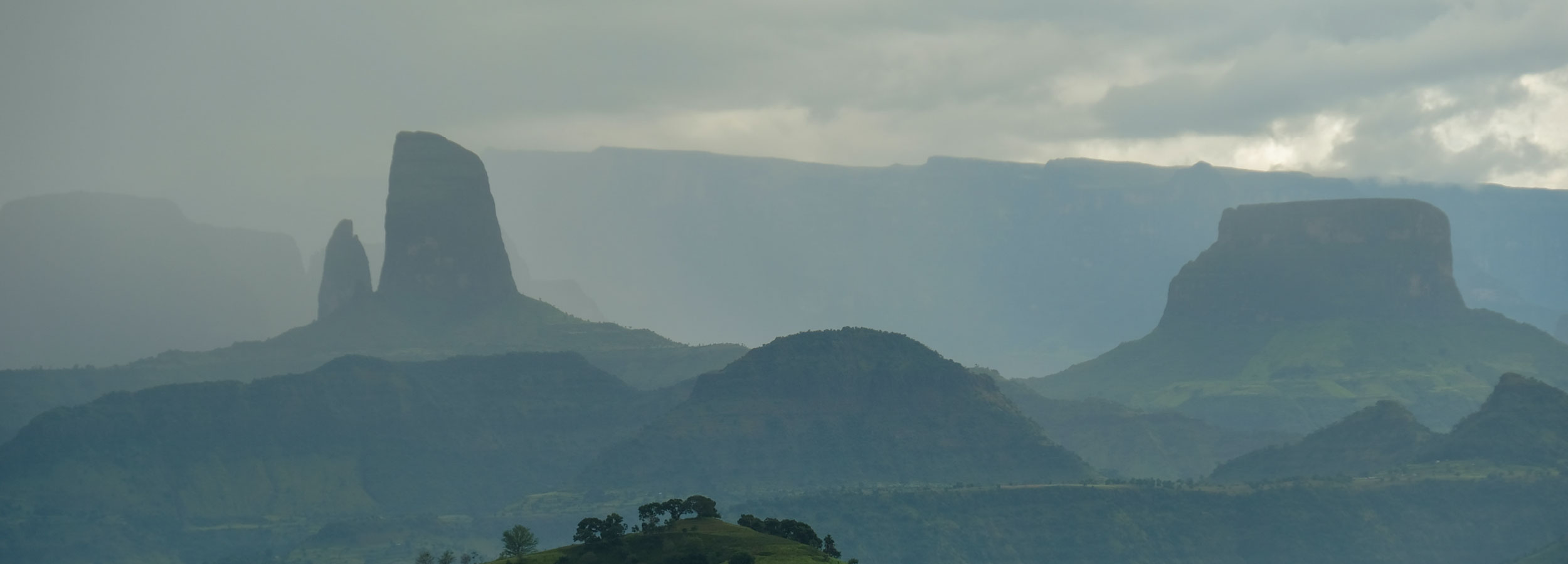
Regions
All Regions of Ethiopia
All Regions
Ethiopia is located in the Horn of Africa, a nation whose economy relies heavily on agriculture, industry, services, and remittances. The country confronts a range of difficulties including poverty, conflict, drought, and social unrest. Ethiopia stands as the second most populous country in Africa, with a population of approximately 123 million of these over 60 million Ethiopians are active labor force, trainable, and available at competitive wage rates. Ethiopia’s economic growth is unparalleled in the region. Though the real GDP growth rate dropped to 5.3% in 2022 from 5.6% in 2021 but continues to surpass the average for East Africa (4.7% in 2021 and 4.4% in 2022). GDP is predicted to grow by 5.8% in 2023 and 6.2% in 2024, driven by industry, private consumption, and investment. Ethiopia aims to achieve a lower-middle income status by 2030 and sustain its economic growth to achieve medium-middle and higher-middle status by 2040 and 2050 respectively. Ethiopia is composed of 11 national regional states namely Tigray, Afar, Amhara, Benshangul-Gimuz, Oromia, Gambella, Southwest Ethiopia, South Ethiopia, Central Ethiopia, Sidama, and Somali, and two city administrations namely the Addis Ababa and Dire Dawa city administrations.
Tourism potentials
Ethiopia’s extensive cultural, paleontological, and natural wealth is demonstrated by its collection of 13 UNESCO World Heritage Sites (nine tangible and four intangible), the highest number in Africa. Among these, nine are cultural sites, while the Simien and Bale Mountains National Parks represent the natural sites. Furthermore, additional sites are under consideration by UNESCO as Tentative World Heritage Sites. The Ethiopian government has acknowledged the significance of tourism as a socio-economic development tool for poverty reduction and economic recovery, whereby ongoing economic reforms aim to substantially increase the number of international, regional, and domestic tourists.
MAP OF ETHIOPIA


















